Almost finished
Most growers are now finished harvesting but there are still some spring cereal, bean and oilseed rape crops remaining to be cut around the country. Harvesting is really only getting going across the northern edges of the island this week as crops are just about coming ripe.
Planting of winter oilseed rape and catch crops is well underway and establishment has been rapid where moisture is adequate. An area increase seems inevitable due to the planting opportunities and the relatively high price levels.
There has been significant stubble cultivation in parts of the country while other areas have little done on what are currently very dry soils.
Oilseed rape
There has been a lot of winter rape planted, with some of those extra acres coming from winter barley. Many crops have already received pre-emerge residual herbicides but these need moisture in the seedbed to work properly.
For those who are still to plant, choose a variety with pod shatter resistance and also turnip yellows virus (TuYV) resistance. These traits are very valuable in a rape crop.
Winter rape can benefit from fertiliser at planting. This can be organic or bagged product to help drive back-end growth that will reduce nitrogen requirement in spring. Stronger crops are also less at risk from slugs and pigeons.
Consider up to 20kg N/ha along with some P and K, especially on low index fields. Also ensure that pH is high enough for rape, preferably up around 6.8 or higher.
It seems possible that we will get an amount of mineralised nitrogen now too once we get rain on warm soils.
MATIF August to November 2023 prices were above €610/t at close of business on Tuesday (€625/t on Monday) – this was €480/t at this point last year. Some forward sales should be considered at these prices.
Up to now the price pressure on rape was downwards, but delayed planting due to dryness issues across much of Europe could yet impact on the area planted and direction of price in the months ahead.
As well as having potentially good margins, rape is also a good break crop, a good soil conditioner, enables the use of different herbicide chemistry and enables premium crops to be grown following non-cereal breaks.
Drill around 30-35 seeds/m2 for hybrids and closer to 80 seeds/m2 for conventional varieties. Roll well post-planting to help conserve moisture and apply a residual herbicide based on metazachlor post-planting as there is rain in the forecast.
Crop volunteers and other grass weeds are likely to emerge quickly in rape so graminicides will be needed post emergence once a flush of grass-type weeds become visible.
Stubbles
Stubbles destined for spring planting must be cultivated lightly to help encourage weed and volunteer seed germination. The objective is to have more plants present to take up nutrients so as to reduce the risk of loss to water.
This light cultivation also helps in the destruction of pests like slugs and leatherjackets where it is done during drying conditions to help desiccate pest eggs.




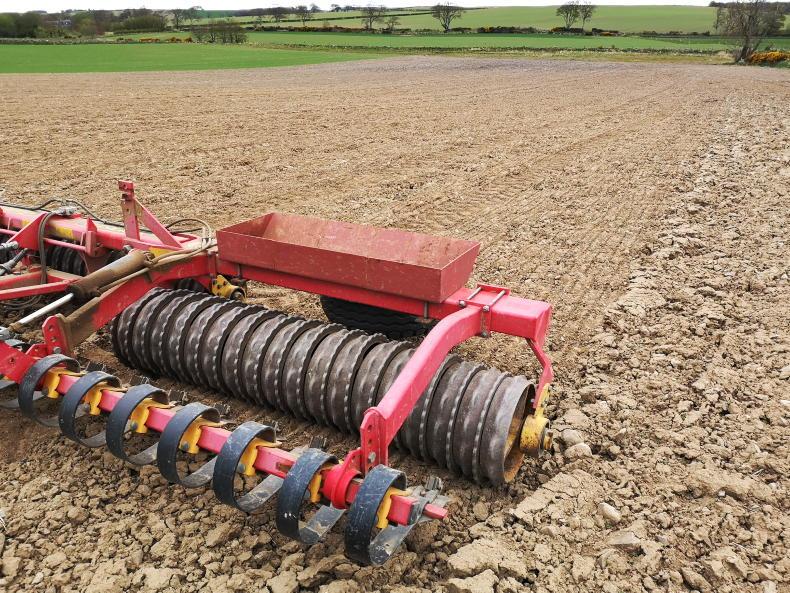
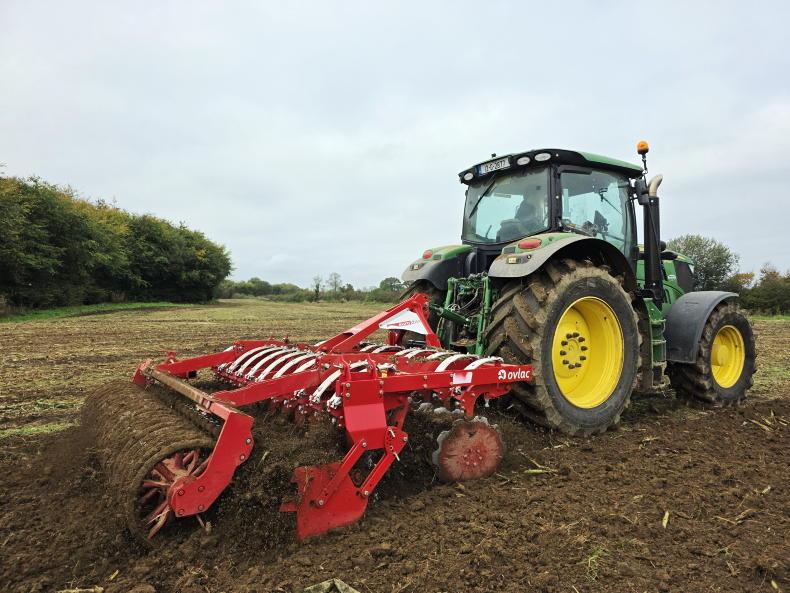

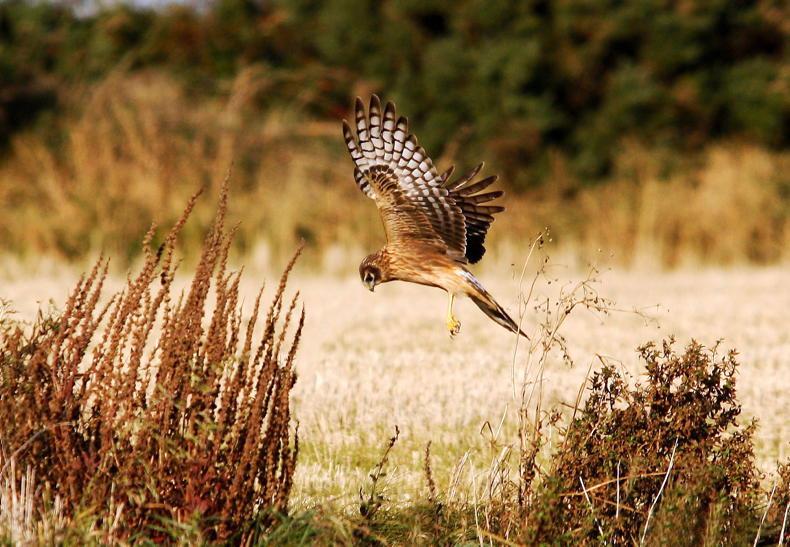
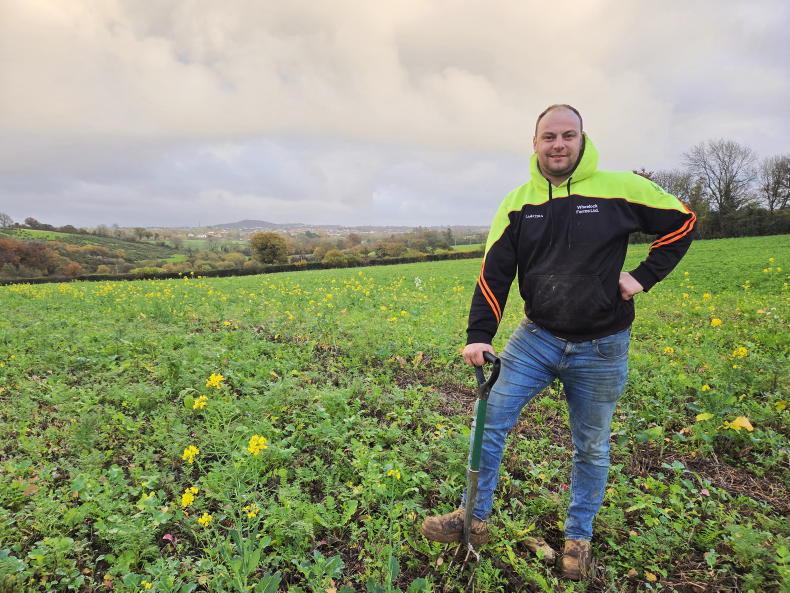
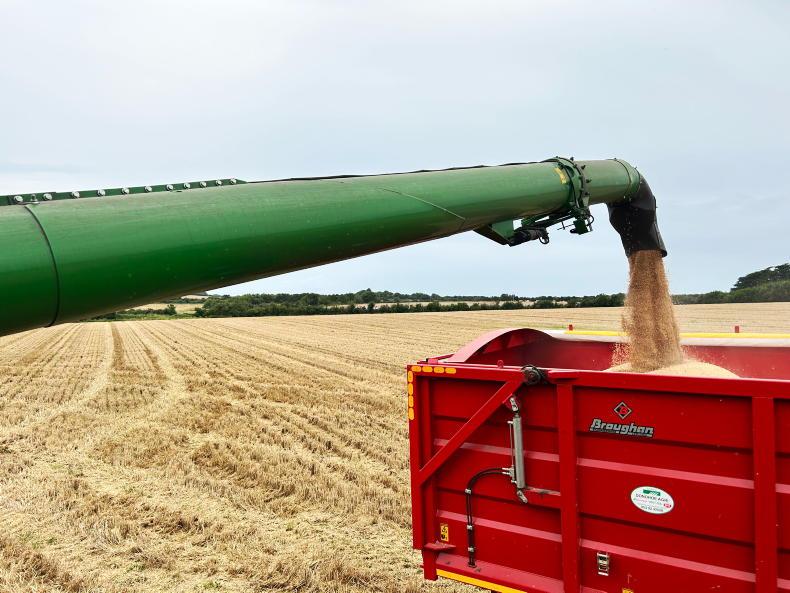
SHARING OPTIONS